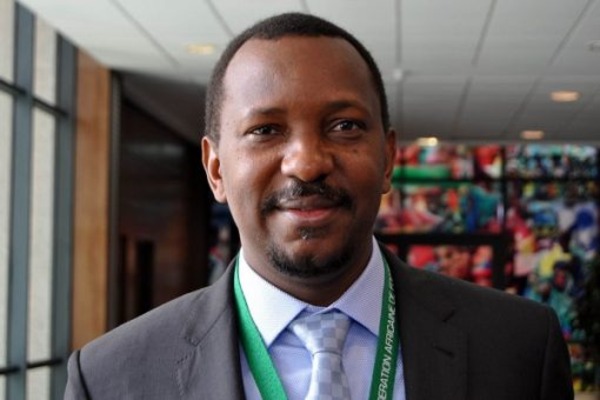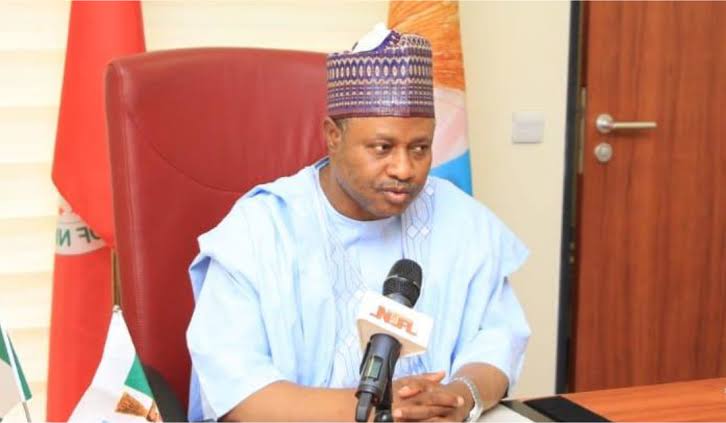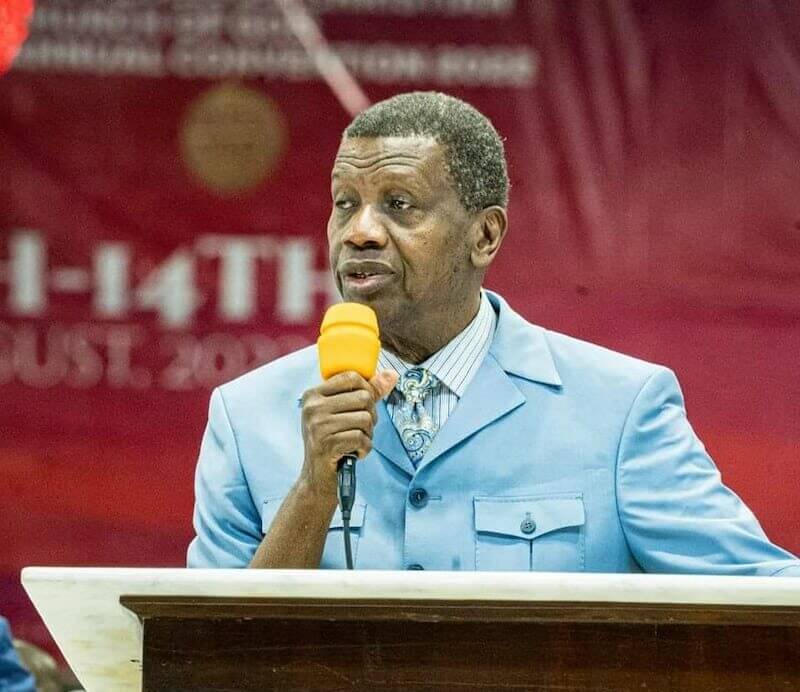Despite securing a staff-level agreement with the International Monetary Fund (IMF) on July 12 for a record 24th time, Pakistan’s economic woes have persisted.
The new bailout, amounting to USD 7 billion over 37 months, followed the approval of a heavily taxed budget for the 2024-25 fiscal year, aimed at increasing government revenue and reducing the deficit to meet IMF requirements.
The budget included higher taxes on agricultural incomes, sparking criticism from analysts who argue it merely adds to the country’s debt burden without addressing underlying issues.
Pakistan’s economy remains in a dire state, with inflation rates peaking at nearly 30 per cent in FY23 and 23.4 per cent in FY24, the highest in Asia. Previous IMF bailouts have failed to stabilize the economy, and the country has now faced approximately USD 25 billion in external debt payments this fiscal year, while its foreign exchange reserves stand at around USD 9 billion. A prominent economic commentator remarked on Twitter, “Pakistan owes about USD 8.4 billion to the IMF, to be repaid over the next 3-4 years. The bailout package of USD 7 billion is less than this amount. There is nothing to celebrate.”
The IMF’s last Staff Report highlighted the ‘narrow’ path to debt sustainability, citing ‘acute,’ ‘exceptional,’ and ‘uncomfortably high’ risks from elevated gross financing needs and limited external financing. This precarious situation has raised concerns about the impact of additional external loans, with some analysts predicting severe austerity measures.
The Pakistani population, already facing double-digit food inflation, a historic cost of living crisis, and political instability, may experience even greater hardships. Socio-political instability could hinder economic recovery and result in significant losses for external lenders.
According to the IMF, Pakistan needs to repay an average of USD 19 billion in principal annually over the next five years, which exceeds half of its export revenues. Additionally, it requires at least USD 6 billion annually to finance current account deficits, pushing total external financing needs to USD 25 billion per year until 2029. With total tax revenue barely 10 percent of GDP, meeting these obligations without accruing more debt seems impossible.
Structural issues prevent Pakistan from attracting necessary Foreign Direct Investment (FDI), which remains under USD 2 billion annually. Even the Special Investment Facilitation Council (SIFC), initiated by General Syed Asim Munir to stabilize the economy by attracting FDI, has failed to secure meaningful investments. The military’s increasing involvement in daily government functions further complicates efforts for logical economic reforms.
While the political leadership celebrates the IMF’s approval of fresh loans, they overlook the fact that the country must repay the Fund over USD 8 billion in the next four years. As a condition for the new loan, Pakistani authorities assured the IMF they would equalize taxation on agricultural incomes with corporate and other tax rates. This poses a significant challenge for the middle and lower-income classes in Pakistan, where agricultural income has historically been taxed lower despite its substantial contribution to the GDP and employment.
Reports suggest that under the new IMF deal, the highest effective tax rate could rise to as much as 45 per cent from the current 15 per cent by 2025. This increase is likely to fuel inflation, particularly in food prices, affecting consumers nationwide and potentially diminishing the ruling parties’ popularity among rural voters. Amidst an unfriendly budget and increasing political strife, the focus in Pakistan has shifted from the economy to politics. Beijing has yet to approve Islamabad’s request to restructure USD 28 billion in Chinese debt, a significant portion of Pakistan’s official debt. Chinese loans, which are more expensive and have shorter tenors than multilateral loans, add to the financial strain.
According to the United Nations Trade and Development’s World of Debt Dashboard, Pakistan spends 6 per cent of its GDP on interest payments, more than any other developing country. This leaves limited resources for social spending, placing Pakistan among the lowest in the world. Without addressing microeconomic indicators such as skills development and job creation, Pakistan continues to rely on new loans or debt waivers to avoid default. Increasing political and security instability further diverts attention from necessary economic reforms, limiting the benefits of the new IMF loan.

 3 months ago
5
3 months ago
5
















 English (US) ·
English (US) ·